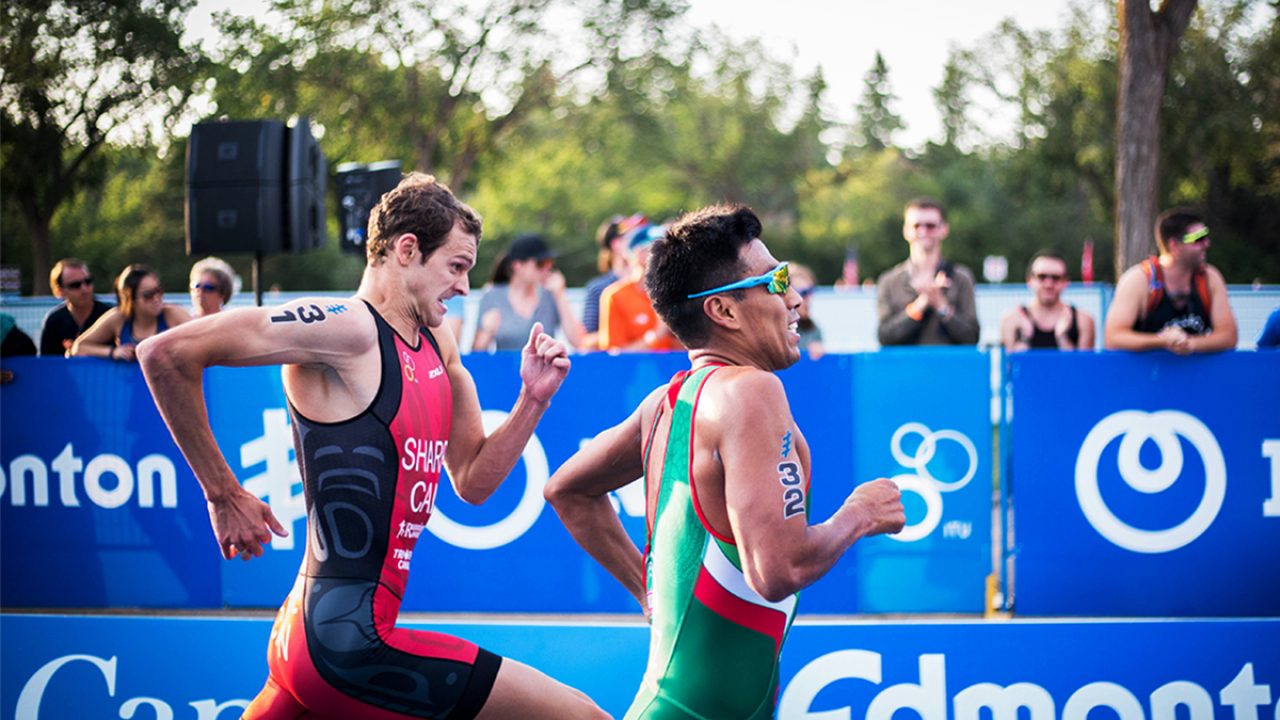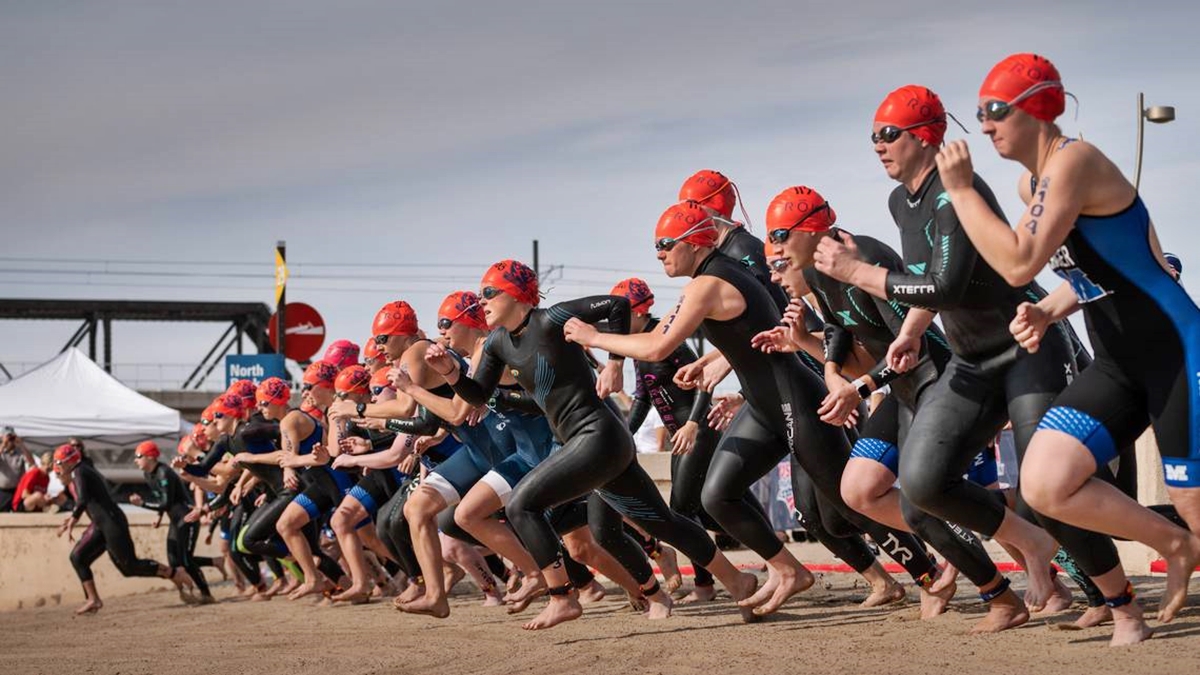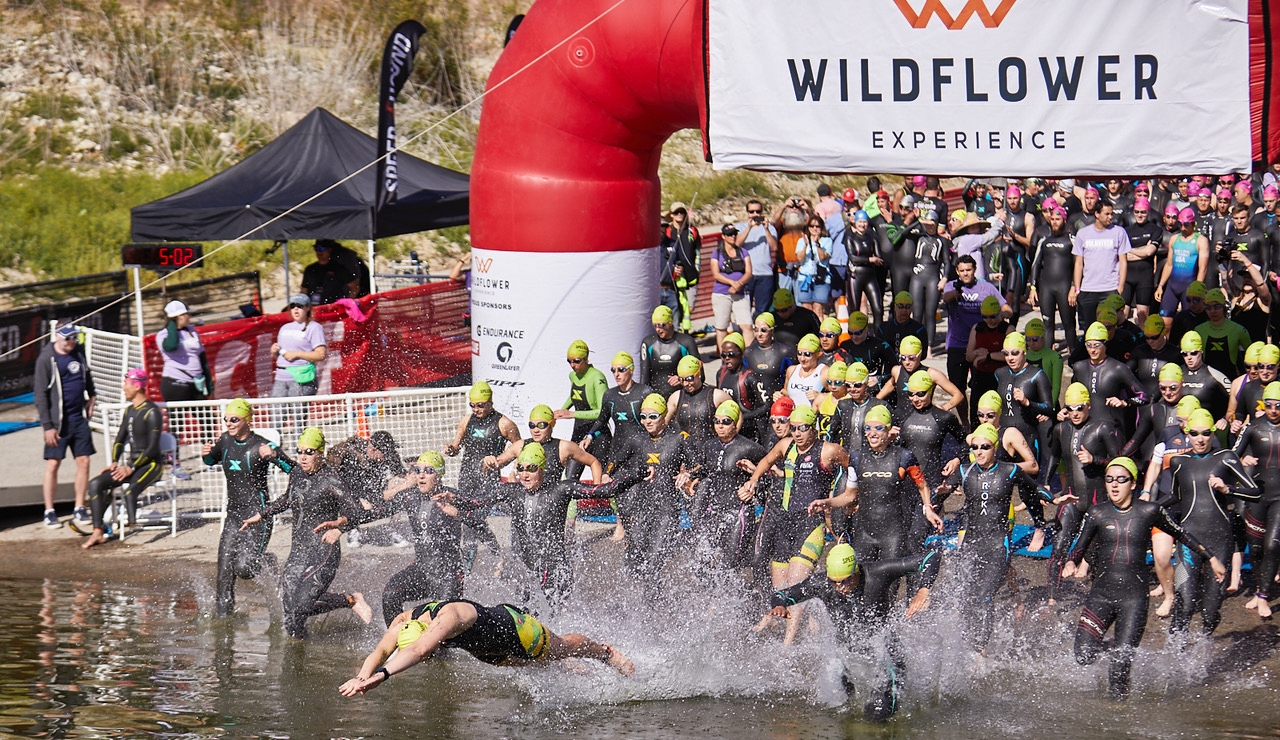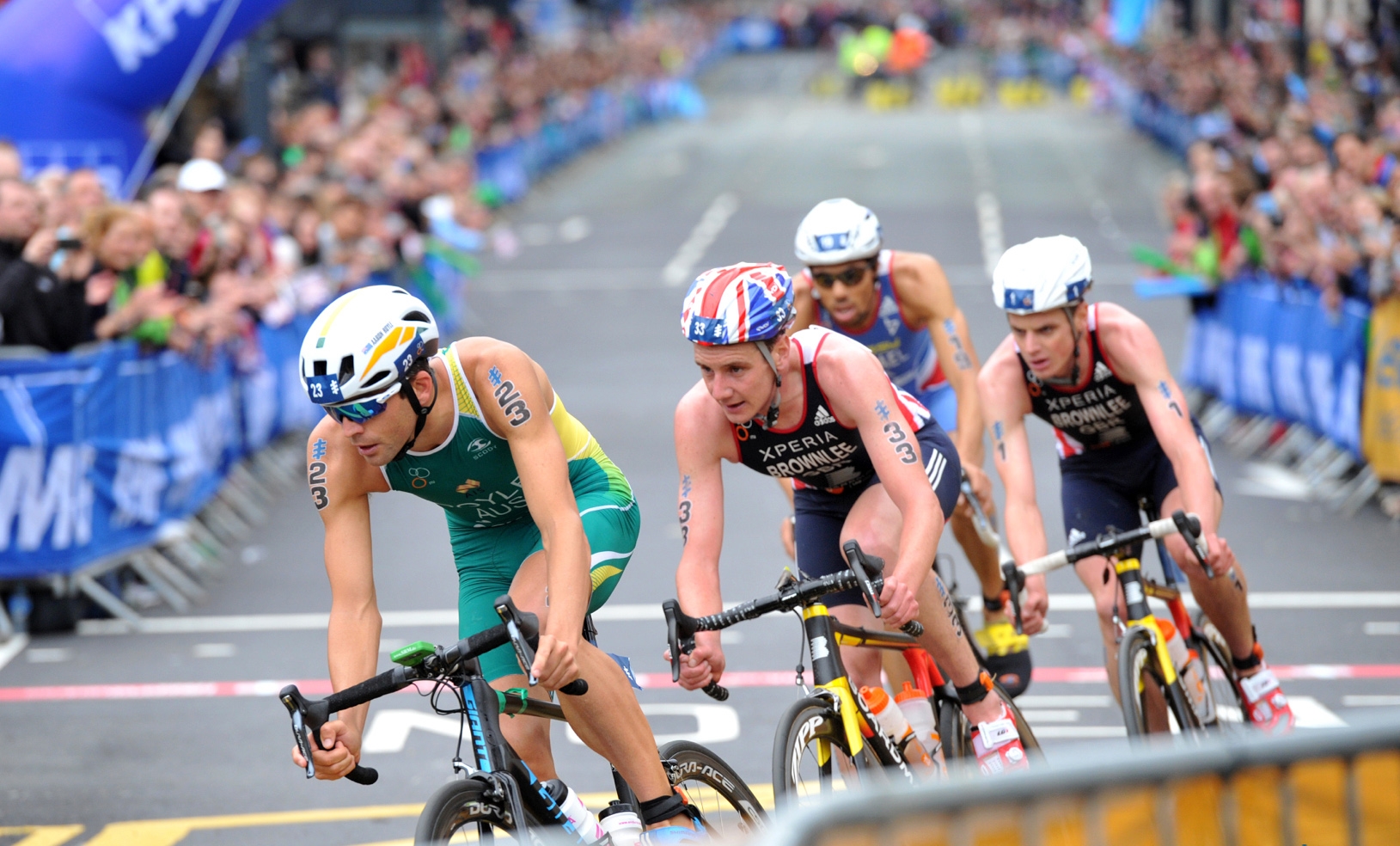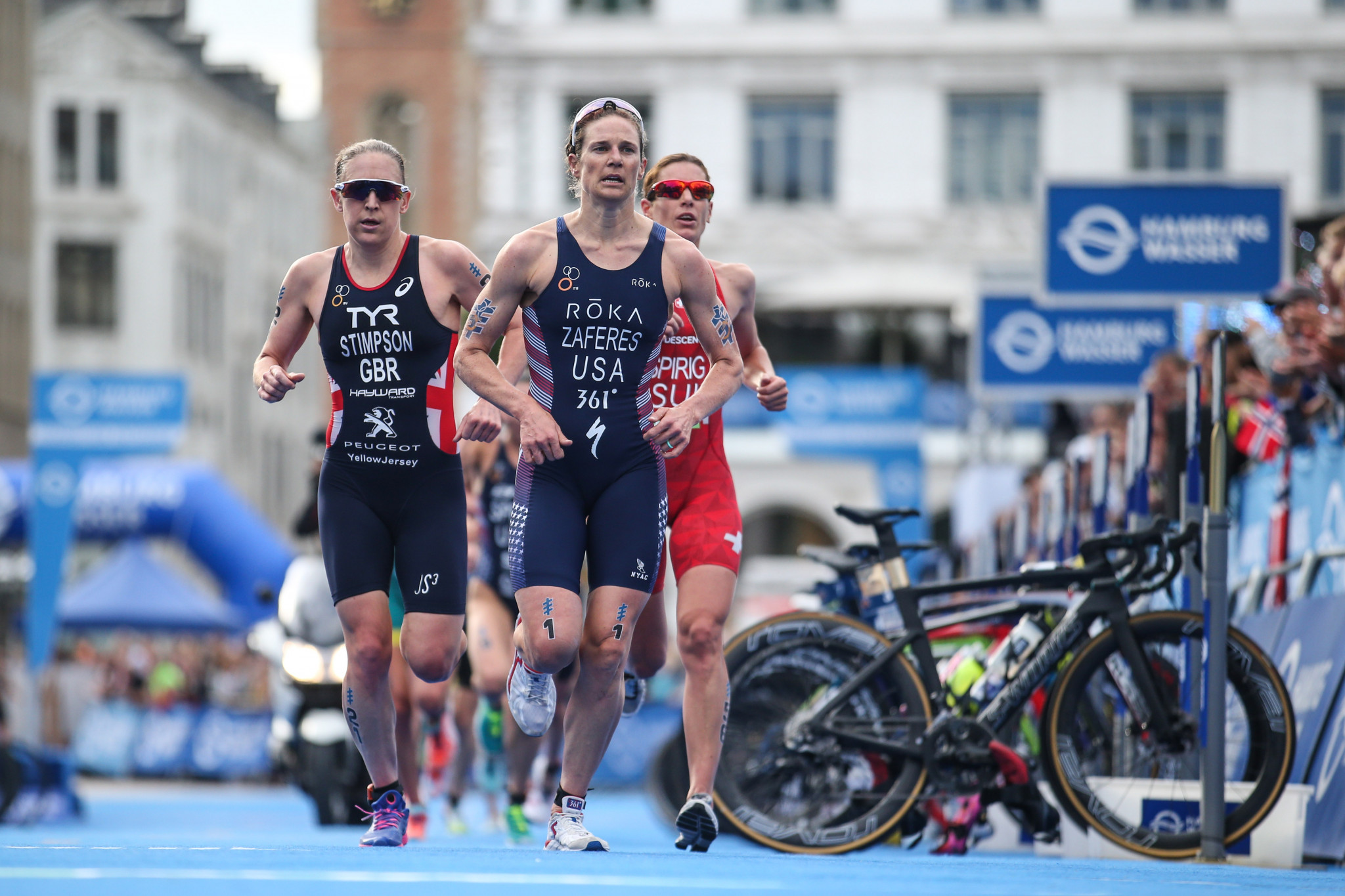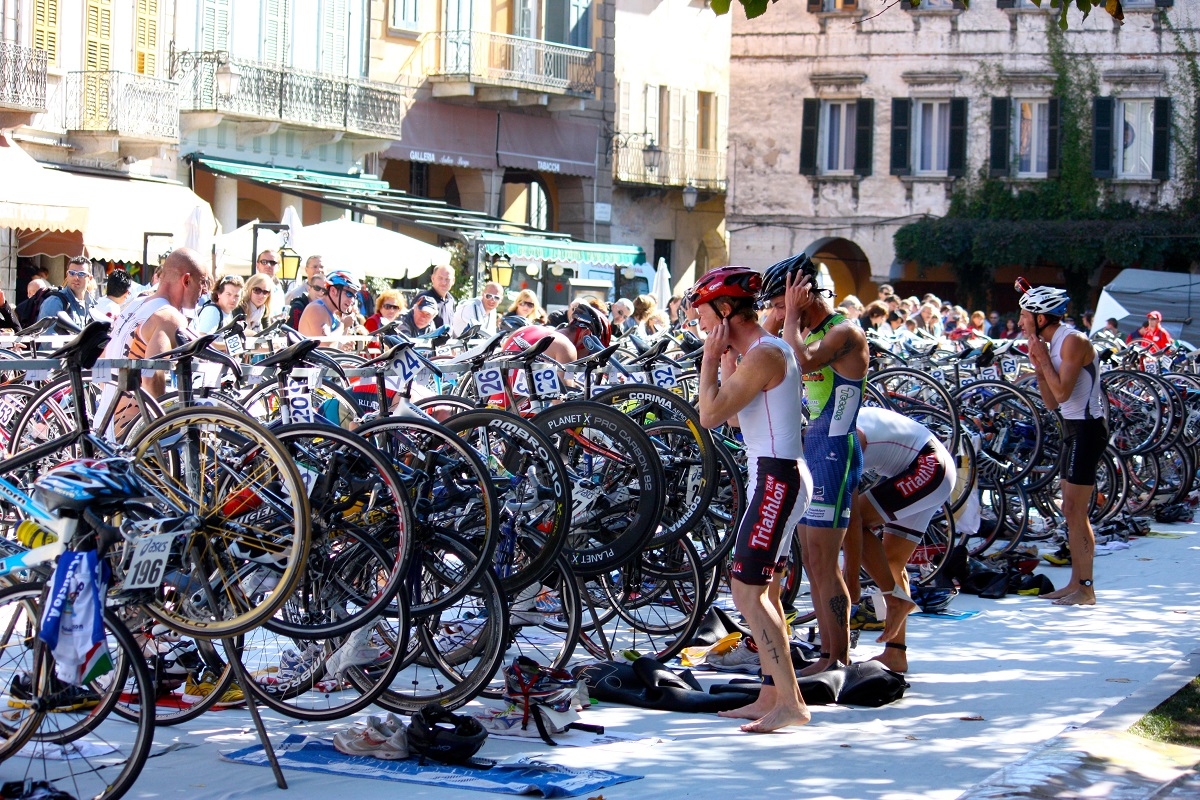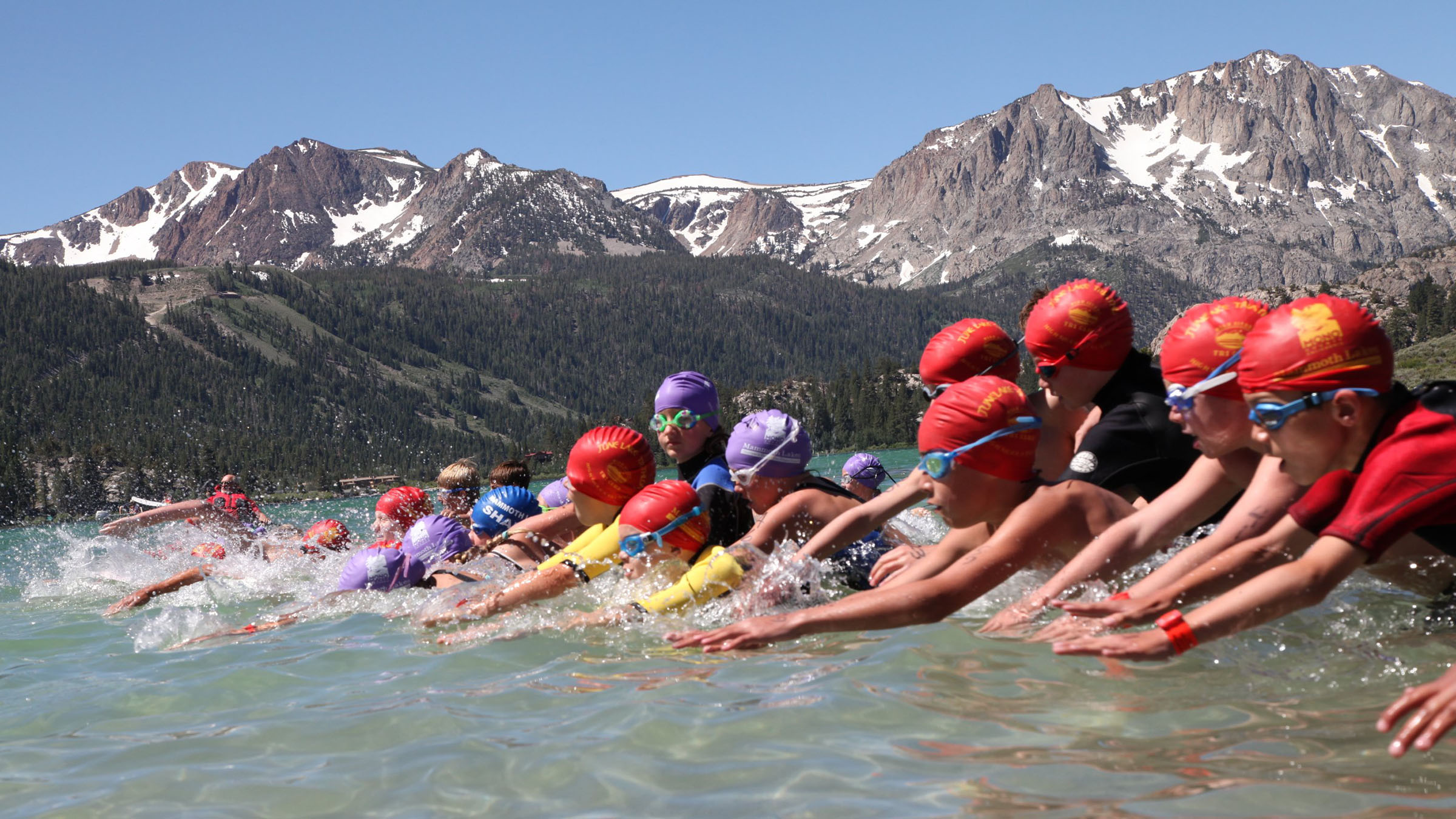Home>Misc>Featured>Which Part Of The Triathlon Is The Hardest


Featured
Which Part Of The Triathlon Is The Hardest
Modified: January 2, 2024
Find out which part of the triathlon is the hardest in this featured article. Prepare for the ultimate endurance test and discover the challenges that await you.
Introduction
Welcome to the world of triathlons, where athletes push their physical and mental limits to complete three different disciplines – swimming, cycling, and running. Triathlons have gained immense popularity over the years, attracting participants from all walks of life. However, there is one question that lingers in the minds of both seasoned triathletes and curious spectators: Which part of the triathlon is the hardest?
While it’s undoubtedly a subjective matter, each discipline poses its own unique set of challenges. In this article, we will delve into the intricacies of swimming, cycling, and running, exploring the aspects that make them both physically demanding and mentally grueling. By the end, we hope to provide some insights into determining which stage of the triathlon is the toughest.
Triathlons are a true test of endurance, and participants must be well-prepared for the demanding nature of each segment. It’s not just about raw physical strength; mental fortitude and strategic planning are equally essential. Let’s dive into the specifics of swimming, cycling, and running and find out which part of the triathlon presents the greatest challenge.
Swimming
Swimming is the first discipline in a triathlon and often evokes mixed feelings among participants. On one hand, it offers the opportunity for a refreshing start to the race, as athletes propel themselves through the water. On the other hand, it can be an intimidating and physically demanding aspect, even for experienced swimmers.
One of the main challenges of swimming lies in the open water environment. Unlike swimming in a pool, participants must navigate through unpredictable conditions such as waves, currents, and poor visibility. This adds an extra element of uncertainty and requires strong adaptability from the athletes.
Another factor that makes swimming challenging is the need for efficient technique and proper breathing. Maintaining a streamlined body position, using the correct stroke technique, and coordinating breathing patterns are crucial for conserving energy and maintaining a steady pace. For those new to swimming or lacking experience, this aspect can be particularly demanding and may require dedicated practice to improve.
In addition to the physical demands, swimming also poses mental challenges. The open water environment, coupled with the pressure of the race, can lead to anxiety and panic in some athletes. Staying calm, focused, and managing breathing becomes even more critical in these situations.
Furthermore, drafting, the technique of positioning oneself behind or alongside another swimmer to benefit from reduced water resistance, is a common strategy used to conserve energy during the swim leg. However, navigating through a crowded field of competitors, jostling for position, and staying on course without veering off can become mentally taxing.
Overall, swimming in a triathlon requires not only physical strength and endurance but also mental resilience and adaptability. It demands mastery of appropriate technique, efficient breathing, and strategy to navigate the open water conditions effectively. While it may not be the longest segment of the triathlon, swimming certainly presents its own unique set of challenges that must be overcome.
Cycling
Cycling is the second discipline in a triathlon and is known to be a test of both physical strength and tactical prowess. It combines speed, endurance, and technical expertise, making it a critical component of the race.
One of the primary challenges in cycling is the demand it places on the lower body muscles, particularly the quadriceps, hamstrings, and glutes. Pushing through the pedals, especially on uphill climbs, requires significant leg strength and power. The sustained effort needed to maintain a fast pace over long distances can cause fatigue and muscle soreness.
In addition to the physical demands, cycling also requires careful planning and strategy. Understanding the course profile, including elevation changes, turns, and descents, is crucial in determining when to conserve energy and when to push for speed. Choosing the right gear ratios and cadence to optimize efficiency is another factor that can greatly impact performance.
Furthermore, factors such as wind, weather conditions, and road surfaces play a significant role in the difficulty of the cycling leg. Strong headwinds can slow down progress and increase exertion, while rain or slippery surfaces add an element of danger, requiring extra caution and skill to navigate. Triathletes must be adaptable and quick to adjust their approach based on these external variables.
Mental focus and concentration are also essential during the cycling leg. Staying attentive to the road, maintaining a consistent effort, and avoiding distractions are vital to prevent accidents or mishaps. The ability to remain mentally strong and motivated, especially during challenging sections or when fatigue sets in, is crucial to achieve peak performance.
Moreover, cycling in a triathlon often involves riding in close proximity to other athletes, particularly during drafting-legal races. This requires exceptional bike handling skills and the ability to maintain a safe distance while capitalizing on the aerodynamic advantages of riding behind others. The constant vigilance and awareness required to navigate a crowded field can be mentally draining.
Overall, the cycling leg of a triathlon presents a unique set of challenges that are a blend of physical and mental demands. It demands strength, endurance, tactical decision-making, and adaptability to varying environmental conditions. Successfully overcoming these challenges is crucial for a solid performance in the overall race.
Running
Running, the final discipline of a triathlon, is often regarded as the ultimate test of endurance and mental fortitude. Participants must transition from the cycling leg to pounding the pavement, pushing their bodies to maintain a steady pace and reach the finish line.
One of the primary challenges in the running leg is the accumulated fatigue from the preceding swimming and cycling stages. The muscles are already tired, and the body feels the effects of the prolonged physical exertion. Running requires not only physical strength but also mental resilience to overcome this fatigue and push through the discomfort.
Endurance plays a significant role in running, especially in longer triathlon events. It is a battle against one’s own limits as the body undergoes continuous stress over the distance. Proper pacing becomes critical to avoid burnout and fading in the later stages of the run. Strategic planning such as fueling and hydration also becomes essential to sustain energy levels throughout the race.
Running also requires proper form and technique to minimize the risk of injury and to maintain efficiency. It is crucial to strike a balance between stride length, cadence, and foot strike to optimize speed and reduce the impact on the body. Additionally, mental focus on maintaining good posture, breathing rhythm, and staying mentally connected to the race is vital in achieving a strong running performance.
Mental strength plays a pivotal role in the running leg. It is common to experience moments of doubt and mental fatigue, particularly during long-distance races. Staying motivated, pushing through the discomfort, and maintaining a positive mindset are essential to continue moving forward. Mental strategies such as breaking the run down into smaller milestones or focusing on the present moment can help overcome these challenges.
In races where drafting is not allowed, running can be a solitary endeavor. The absence of other athletes to provide distractions can make it mentally challenging, especially in the later stages of the race when motivation may wane. The ability to stay mentally tough and maintain a strong pace, even without external competition, is critical for success.
Overall, the running leg of a triathlon puts participants to the ultimate test, both physically and mentally. It requires endurance, strategic pacing, proper form, and mental fortitude to overcome fatigue, doubts, and the solitary nature of the race. The ability to dig deep and push through the pain is what separates the extraordinary from the ordinary.
Conclusion
After exploring the challenges of swimming, cycling, and running in a triathlon, it’s clear that each discipline presents its unique set of difficulties. Swimmers must navigate open water conditions, maintain proper technique, and manage mental anxiety. Cyclists must contend with demanding terrains, strategic decision-making, and close-quarters racing. Runners face accumulated fatigue, mental endurance, and the ability to push through physical and mental barriers.
While it’s challenging to definitively determine which part of the triathlon is the hardest, it is apparent that all three disciplines require significant physical and mental strength. The combined demands of swimming, cycling, and running make the triathlon one of the most grueling endurance events.
Ultimately, the perceived difficulty of each discipline may vary from person to person, depending on individual strength, experience, and preferences. Some athletes may excel in the water but struggle on the bike, while others may find their courage on the run leg.
What truly matters in a triathlon is the ability to adapt, persevere, and maintain a strong mindset throughout the race. Each stage presents its own set of challenges, and conquering these challenges is an integral part of the triathlon experience.
Whether you’re a seasoned triathlete or someone considering taking on this incredible test of human endurance, remember that it’s the combination of swimming, cycling, and running that makes the triathlon such a formidable challenge. Embrace the difficulty, train diligently, and approach each phase with determination, knowing that you have what it takes to conquer the triathlon.
So, instead of focusing on which part is the hardest, appreciate the incredible feat of completing a triathlon and celebrate the physical and mental strength it takes to complete this extraordinary endurance event.
